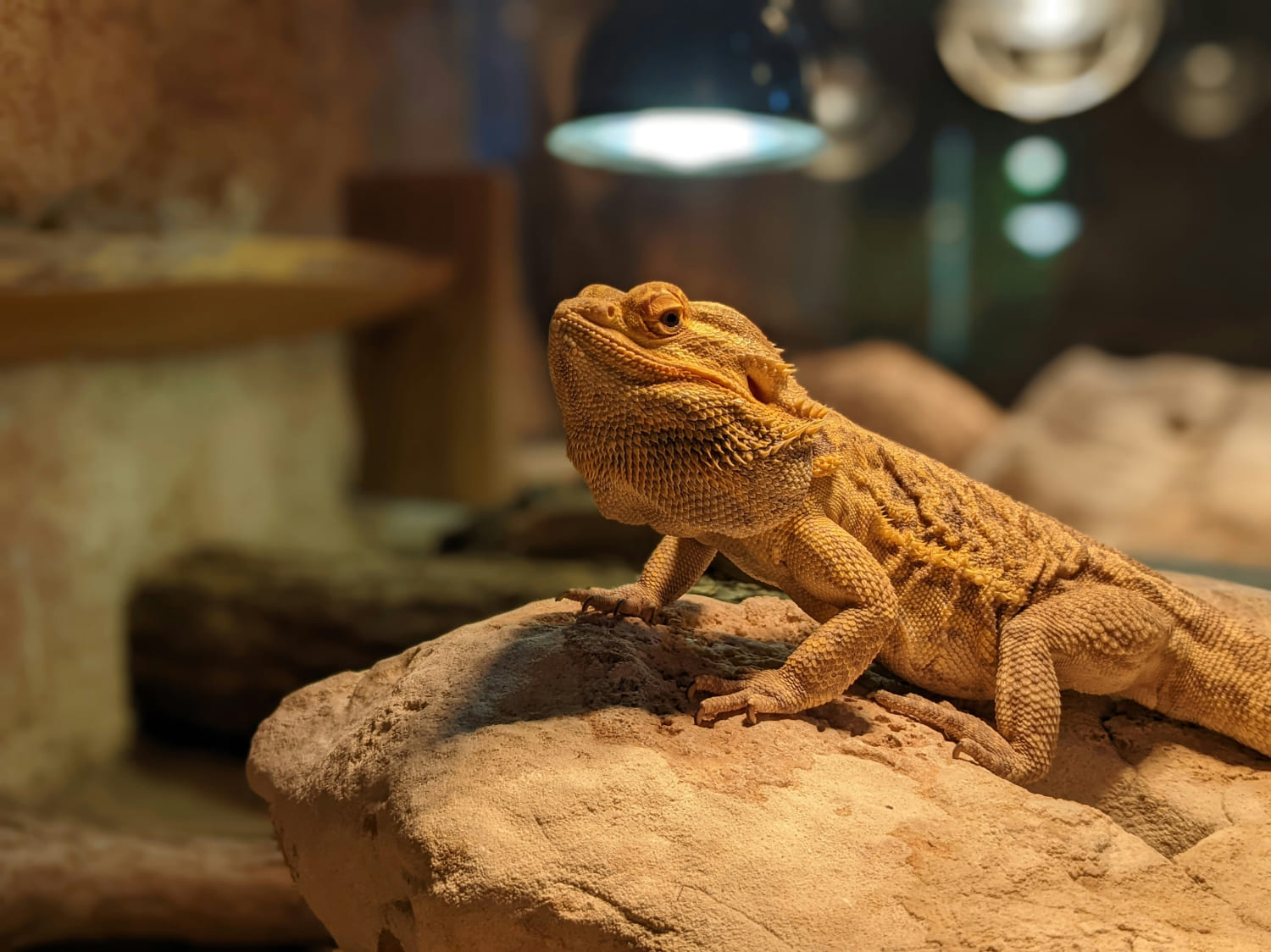- [email protected]
- Mon - Sat 8:00 - 6:30, Sunday - CLOSED
Journey Through the Zoo

Bearded Dragon: A Scaled Superstar
The bearded dragon (Pogona vitticeps) is a favorite among reptile enthusiasts and a fascinating resident of many zoos. Native to the arid regions of Australia, these lizards are known for their docile nature, unique appearance, and ability to communicate through body language, such as head bobbing and arm waving. In zoos, bearded dragons often become stars of interactive exhibits and educational programs.
Zoo habitats for bearded dragons are designed to mimic the hot, dry environments of their natural range. Their enclosures include heat lamps, UV lighting, and sand or rock substrates, which help regulate their body temperature. Logs, branches, and hiding spots are added to encourage climbing and provide a sense of security. Bearded dragons are omnivorous, so their diet in captivity includes a mix of insects, leafy greens, and vegetables, ensuring they receive proper nutrition.
These reptiles are often featured in hands-on programs where visitors can learn about their behavior, diet, and the importance of reptile conservation. Such interactions foster a greater appreciation for reptiles, which are often misunderstood or overlooked compared to other zoo animals.
